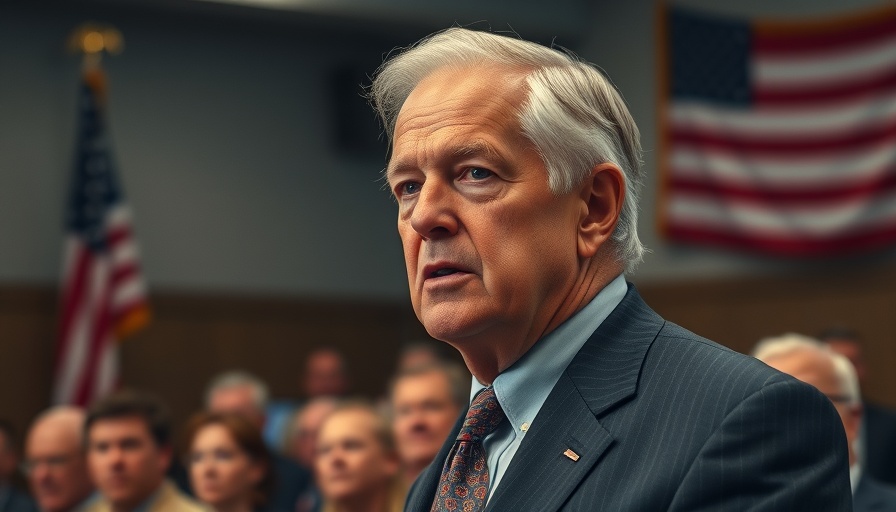
The Personal Journey of a Scientist
When a tragedy strikes, it often ignites a fire in those left behind, pushing them to seek understanding, answers, and ultimately, change. Nabarun Dasgupta's story stands testament to this phenomenon. Following the loss of his close friend Tony Givens to a heroin overdose in 2004, Dasgupta shifted his focus from mere academic curiosity to the deeply personal mission of combatting drug-related deaths in America.
Understanding the Overdose Epidemic
Dasgupta is not just another face in the realm of addiction research; he is a leading epidemiologist at the University of North Carolina, dedicated to unraveling the complexities surrounding street drugs. His work gained prominence when the provisional overdose data for 2024 showcased a remarkable 27% decline in overdose deaths compared to the previous year. This decline signifies not only hope but validates the hard work of those in the fight against addiction.
The Promise of Data-Driven Solutions
However, understanding this epidemic doesn’t rely solely on statistics; it requires an intersection of science, compassion, and public health management. Dasgupta's analysis demonstrated a significant relationship between the decreasing fatalities and changes in drug distribution, including a less potent drug supply and widespread naloxone accessibility. Such insights provide critical guidance for public health policy and treatment strategies in combating addiction.
Empowerment through Knowledge
For Dasgupta, the essence of his research is empowerment — particularly the empowerment of drug users. After years spent analyzing trends, he emphasizes that individuals who use drugs must have access to information regarding safe practices and available treatments. "Our primary mission is getting the information back to individuals who use drugs," he insists, recognizing that knowledge is vital in saving lives.
Future Insights: What Lies Ahead?
As overdose fatalities decline, it’s essential to maintain momentum. Experts propose a set of strategies that focus on enhancing treatment accessibility and continuing education regarding drug dangers, especially among vulnerable populations. This proactive stance acknowledges the complexity of addiction as not just a health issue, but also a social and economic one, fundamentally tied to community support systems.
Breaking the Stigma: A Collective Responsibility
Despite progress, the stigma surrounding addiction remains a formidable barrier. This stigma can deter individuals from getting the help they need. Dasgupta’s narrative reflects a broader call to action: society must work together to foster an environment where people feel safe to seek help without fear of judgment. By advocating for empathetic policies and community-oriented support systems, we can turn the tide against addiction.
Conclusion: Taking Action
As mentioned, the journey is far from over. It is crucial for professionals in various industries — particularly those in tech and marketing — to leverage their influence to support initiatives that combat addiction. By investing in programs that provide education and resources, every stakeholder can contribute to a more informed and supportive society. The more we understand addiction and share that knowledge, the more lives we can save.
 Add Row
Add Row  Add
Add 




Write A Comment